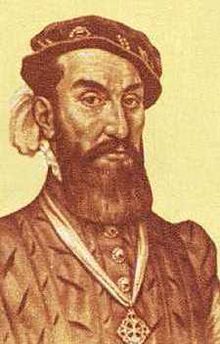A Land So Strange: The Epic Journey of Cabeza de Vaca, by Andres Resendez. tells the story of a mission set out from Spain to colonize Florida. The expedition went ominously wrong: Shipwrecked by a hurricane, knocked off course by a colossal error of navigation, and eventually doomed by the decision to separate the men from their ships, the mission quickly became a desperate journey of survival. Throughout this journey, Andres Resendez describes the challenges that Cabeza de Vaca and his party faced, their interactions with the native people, the hurricane, their challenges with navigation, and their quest to spread Roman catholicism across the New World.
The general opinion is that the central theme this book explores is the history that unfolds in the meeting of these two cultures. While the interactions between Cabeza de Vaca’s group and the native people, and their eventual enslavement, captivity, and eventual freedom are fascinating, the effect Cabeza’s time in enslavement have a very interesting effect on Cabeza. While I agree that the Spanish party venturing into The New World does so engaging into conflict with the native people, Cabeza de Vaca returns to Spain to be a proponent of the importance of peaceful interaction and contact as a policy for encounters of the Spanish with native peoples. His arduous journey alters his perception of the native people and allows him to help influence war and combat with native peoples towards a more peaceful direction.
While they engaged in conflict with the Indian populations they encountered, who bore inferior and unfamiliar weapons ( bows and arrows) to theirs, and unfamiliar methods of warfare too, and lost many men to these conflicts, it is important to understand and focus on the longer term evolution of this conflict and its progression into enslavement, and finally integration as healers. Cabeza de Vaca and the three surviving members of his party survive these conflicts and Cabeza comes to influence a pacifist approach to the Spanish interaction with these native people.




